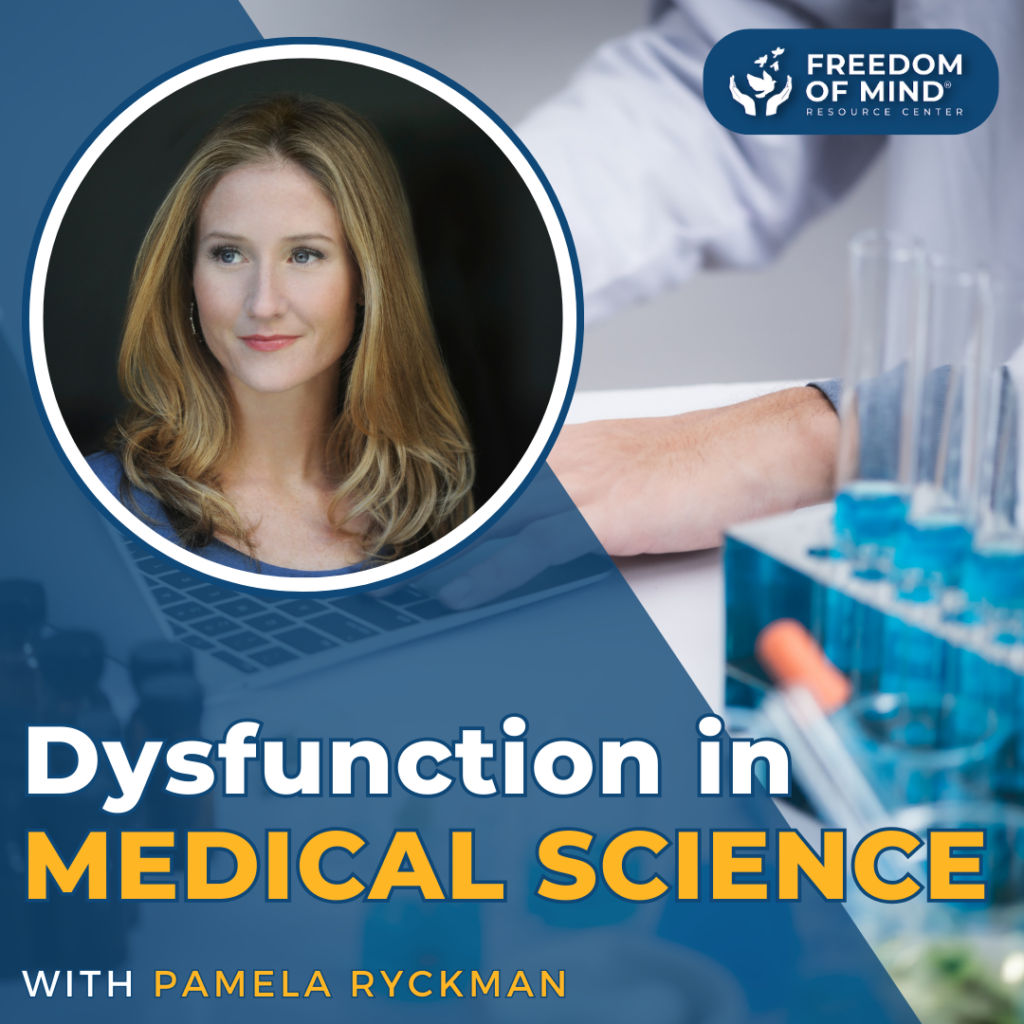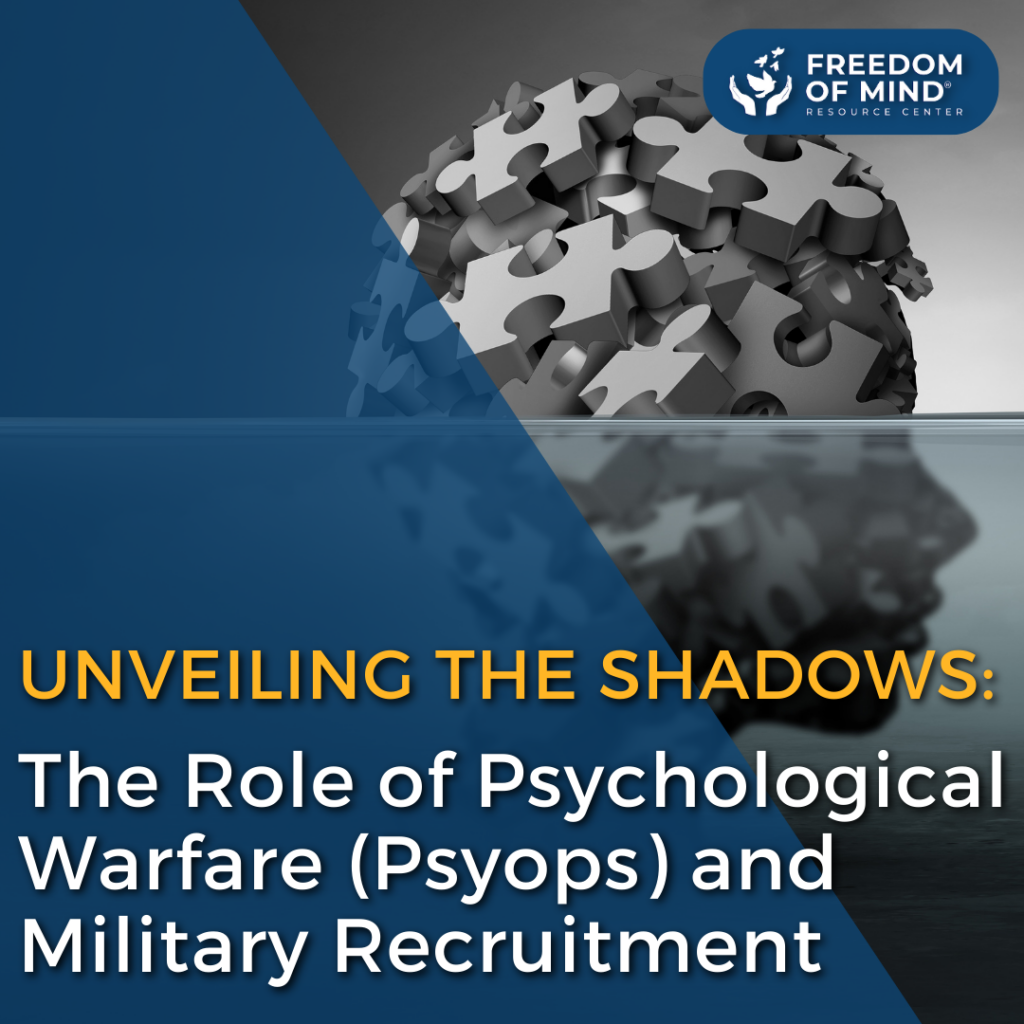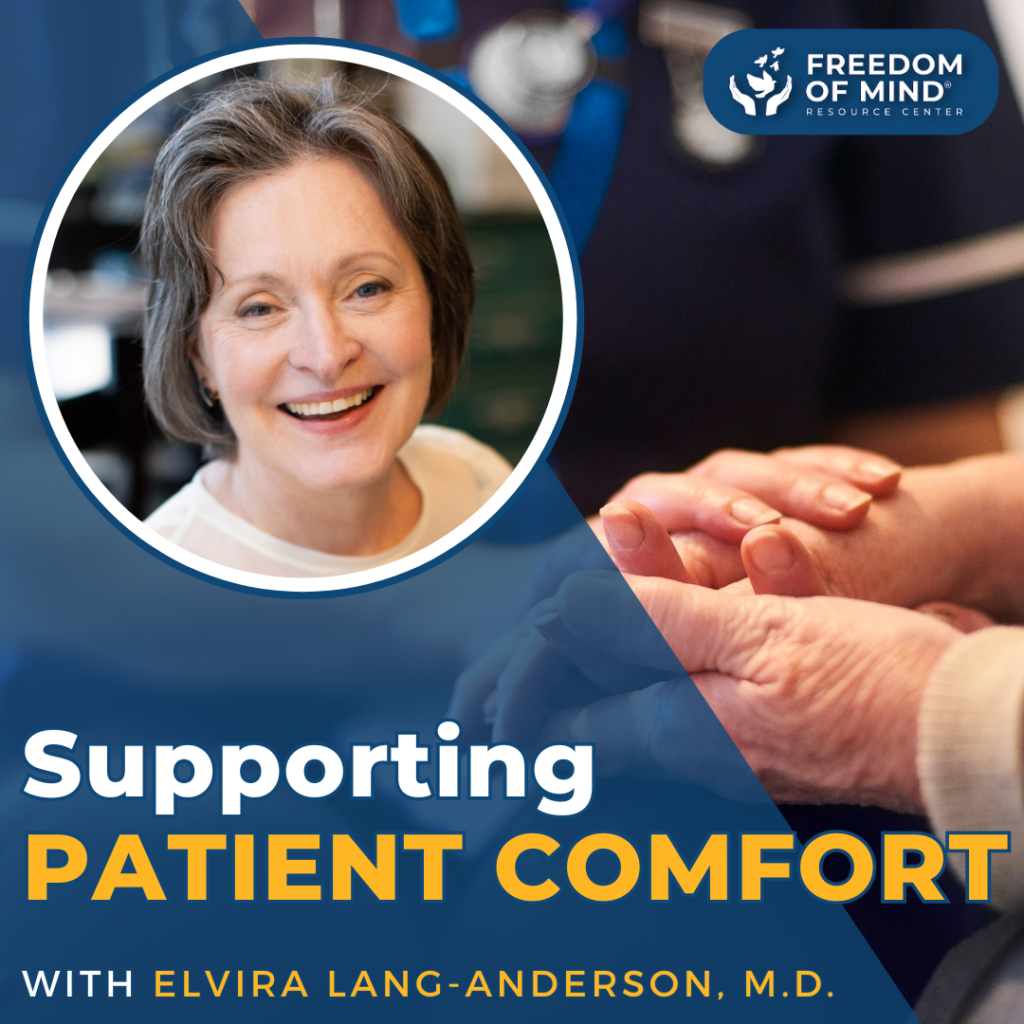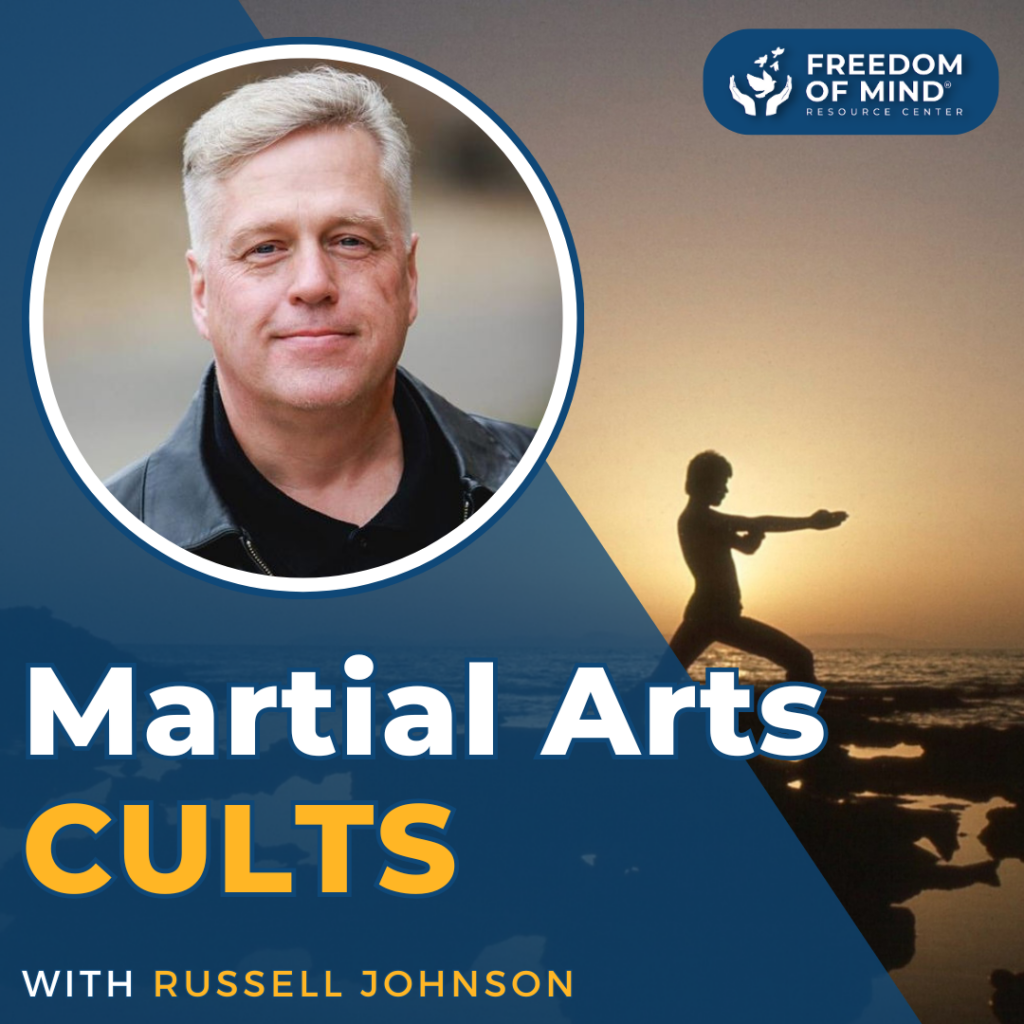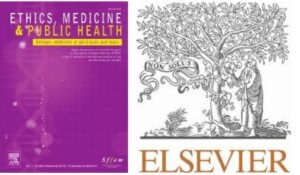
This is my first peer-reviewed academic journal article. It’s genesis began when I gave a talk entitled, The “anatomy of undue influence used by terrorist cults and traffickers to induce helplessness and trauma, so creating false identities” at the prestigious 2017 Congress of the International Academy of Law and Mental Health in Prague. I blogged about it here. This July, I will be attending the next Congress in Rome, Italy. I will be presenting a paper on a model on how to do a forensic evaluation for undue influence using Scheflin’s Social Influence Model. I intend to write another journal article on this critically important model.
Last year, 1036 people participated in an anonymous, online research study I did for Fielding Graduate University with the assistance of my professor Keith Melville and my academic mentor Judy Stevens-Long together with the Dare Association to do quantitative research into issues of destructive cultism. I wish to thank everyone that was involved, especially those who took the time to fill out the survey. It was helpful in developing an instrument to measure aspects of undue influence. Together with my research associate, Mansi Shah, and with Michael Commons as my external faculty and editor, the following journal article was published in a prestigious international journal. Elsevier is one of the leading academic publishers in the world, specializing in scientific, technical, and medical information. It took over a year to pass through the very rigorous peer-review process. I am pleased to share this article which has been uploaded to researchgate.net and is available for a free download through ScienceDirect.
Peer-Reviewed Article
Hassan, S., Shah, M.J. The anatomy of undue influence used by terrorist cults and traffickers to induce helplessness and trauma, so creating false identities. Ethics, Medicine and Public Health (2019) 8, 97-107 Elsevier Masson SAS. https://doi.org/10.1016/j.jemep.2019.03.002
This is the first time that Lifton, Singer, my BITE and Influence Continuum Models, as well as Scheflin’s Social Influence Model (SIM), are used together in an academic journal. The study showed a strong correlation that the single overwhelming variable, that of control, describes a destructive group or relationship. The research used the BITE model to help begin to scientifically identify the strongest components of Behavior, Information, Thought, and Emotional control. The interesting preliminary result is that the single component most central is fear of exit punishment: real – harassment, shunning, loss of family, work, community; or believed as in phobias of being possessed by demons, disobeying God or the leader or the ideology, going to hell, the world blowing up. This is just the beginning of my academic research efforts and I will be doing my doctoral dissertation on this subject. Hopefully, a book for the public will follow.
More needs to be done. If anyone is pursuing a doctorate or Masters degree, consider exploring this topic of undue influence and control within unhealthy groups. Through additional research, a more efficient, easy-to-understand model may be discovered.
Summary in the article itself
There is a need to update the legal system to recognize the use of hypnosis and undue influence occurring throughout the world. Extremist groups are deceptively recruiting and indoctrinating people to do terrorist attacks. Human traffickers are grooming and using hypnosis and social influence techniques to create labor and sex slaves. In this paper, a number of key concepts and models will be used to more fully define DSM-5’s Dissociative Disorder 300.15: Festinger’s Cognitive Dissonance Theory, along with Robert Jay Lifton and Margaret Singer’s work (1995) is the foundation of the BITE model of mind control (Hassan, 1988). Behavior, Information, Thought, and Emotional Control are the four overlapping components through which destructive groups bring people to be obedient and compliant to authority. A programmed cult identity is created through a complex social influence process. That false identity dominates real identity. The ethics and morality of undue influence are understood differently. In this paper, we analyze the techniques of breaking down the existing personality and creating a false or pseudo-identity. The Influence Continuum and BITE mind control model and Lifton’s eight criteria for Thought Reform are discussed; Scheflin’s Social Influence Model (2015) is presented as one tool for analyzing undue influence in a forensic and juridical context. To support the hypothesis presented here, an anonymous online research survey was conducted involving 1033 participants to gather data regarding specific variables of the BITE model, in an effort to develop an instrument that might be useful in determining key aspects of undue influence.
Video Blog

